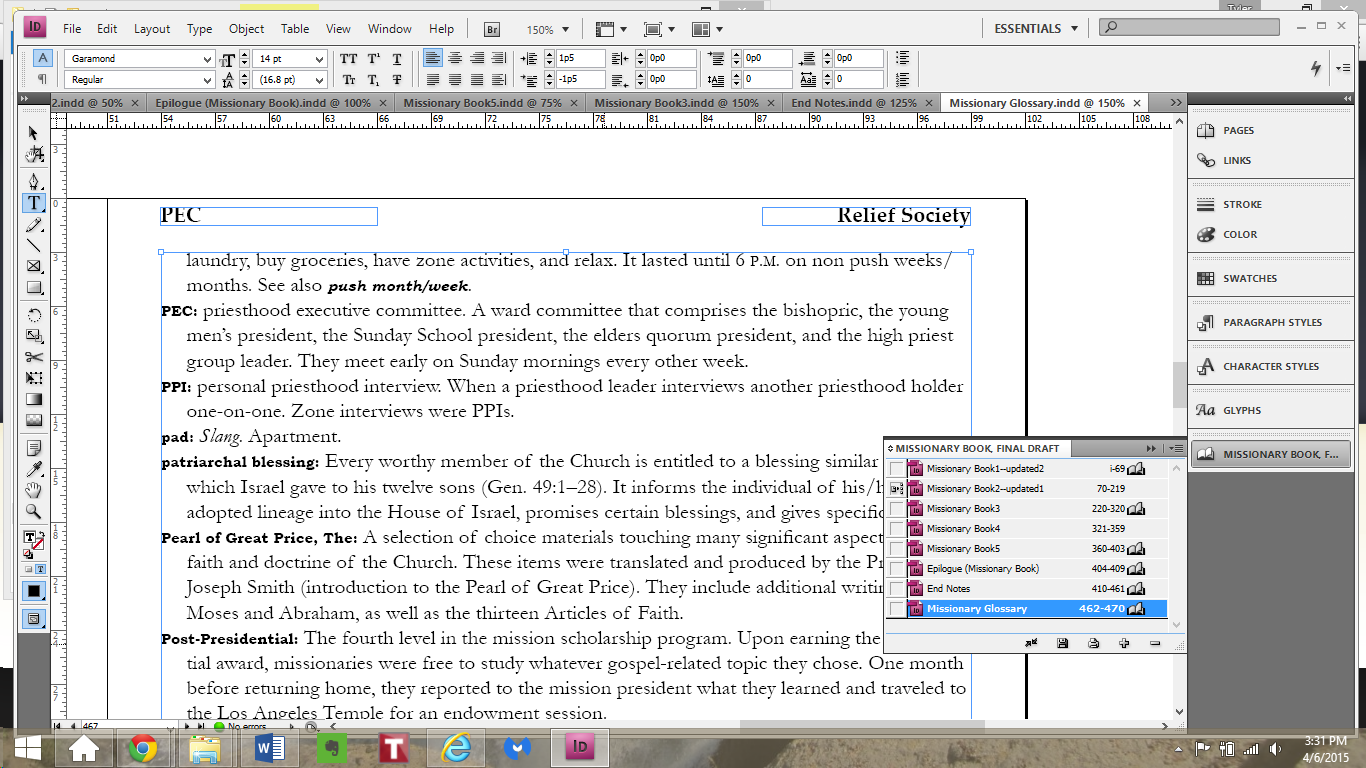Last week I experimented on a new way to catch up on
journaling, inspired by former Utah governor Michael Leavitt’s Thousand Stories
project. In an attempt to come up with more anecdotes for his speeches, Leavitt
sat down and wrote only a few words—one line—for each story he could remember.
Then he decided to shoot for a hundred stories, which, over time, morphed into
a thousand.
My project consisted of writing only a few words about each
day on a February 2016 calendar until each day was covered, and then adding
details as I remembered them until it could be transferred over and completed in
a more permanent journal format. Because of the way memories seem to pop up at
random, I decided to call my project Memory Whack-a-Mole.
I wasn’t able to complete February 2016 by the end of the week, but it was a
fantastic start and I’m still pleased with the results so far.
My Observations
I’ve learned a few things from my maiden voyage, but I have a few caveats to add.
Each day last week, I got up at 5 a.m. and wrote in my daily
journal, and then I worked on my Memory Whack-a-Mole—which was essentially
catching up in my journal for the month of February. Now, I had already kept a sporadic
journal throughout February, but when I commenced this Whack-a-Mole project
last week, I started from scratch.
Basically, I wrote in my journal twice a day last week. Add
on top of that revising my upcoming e-book on journal writing (called Old School Blogging, to be published in
the next couple months), as well as attempting to write 1,500 words a day on the
first draft of my third novel manuscript in a fantasy trilogy (more on that in
another blog entry). That means by Saturday I was getting burned out from all
the writing.
I found that last week’s techniques sparked memories I hadn’t
written in my daily February journal entries; however, there were also details
I wrote in my February journal entries I hadn’t remembered while writing in
last week’s project.
My greatest word count for Memory Whack-a-Mole came
from writing about the first week of February because that was the most memorable
week; however, in my regular journal writing, I didn’t write much about that
week for the same reason: because it was so memorable—and packed. Being the week
of RootsTech 2016, I had the least amount of time—and/or focus—to devote to
writing in my journal, but it took the least amount of effort to remember it.
The Takeaway
The whole point of Memory Whack-a-Mole is to make journal writing possible and easier if you're not keeping up with it.
If you don’t keep a journal but want to, start today by
writing about yesterday. Then tomorrow, do the same thing you did today, except
designate a specific time each day for journal writing. Then do it every day at
that designated time.
Starting a worthwhile habit is the easy part; continuing on
with it until it becomes habitual is what’s hard. Even if you make the time to
write in your journal every day, because not all days are created equal there
will be days you don’t touch your journal at all because of conflicting,
escalated priorities. Once you miss a day, it’ll be easier to miss the next day
and slightly more difficult to catch-up. Then it becomes a slippery slope.
You need to have at least one day per week when you don’t
think about or do work at all, when you have time for quiet reflection. If you work six to seven days a week, I give you my deepest sympathies and hope you can reach a
point in your life to have at least one day off per week from anything
involving work so you can have time for quiet reflection.
For me, that time is Sunday afternoons,
after I’ve returned home from church, eaten, and snuck in a much-needed nap.
Then my schedule is open enough for me to sit down at my laptop and start
writing freely in my journal. Find what time each week is best for you and stick with it.
Don’t give up on something as important in the long-term as
journaling, but for those times you find yourself having lived an entire month
without having recorded it, Memory Whack-a-Mole is a new technique to help you prime
your memory and write about the past.











